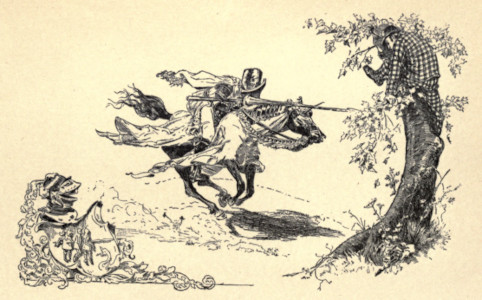Coco Chanel? Gabrielle Chanel? Apocryphal?

Question for Quote Investigator: When a fashionable new item or design is created it is always embedded in its time period. The item is certain to lose favor eventually and become unfashionable. Yet, some fashions transcend and endure. These items can be revived and become fashionable again and again. The fashion icon Coco Chanel (Gabrielle Chanel) apparently said:
Fashion is always a reflection of the time, but it is forgotten if it is foolish.
Would you please help me to find a citation?
Reply from Quote Investigator: In September 1938 “Vogue” magazine of Paris published a two page spread of “Maximes et Sentences” (“Maxims and Sentences”) by Gabrielle Chanel. The following statement appeared among the 31 items. Boldface added to excerpts buy QI:1
La mode est toujours un reflet de l’époque, mais on l’oublie si elle est bête.
Here is one possible translation:
Fashion is always a reflection of the times, but we forget it if it is stupid.
Below are additional selected citations in chronological order.
Continue reading “Quote Origin: Fashion Is Always a Reflection of the Time, But It Is Forgotten If It Is Foolish”



